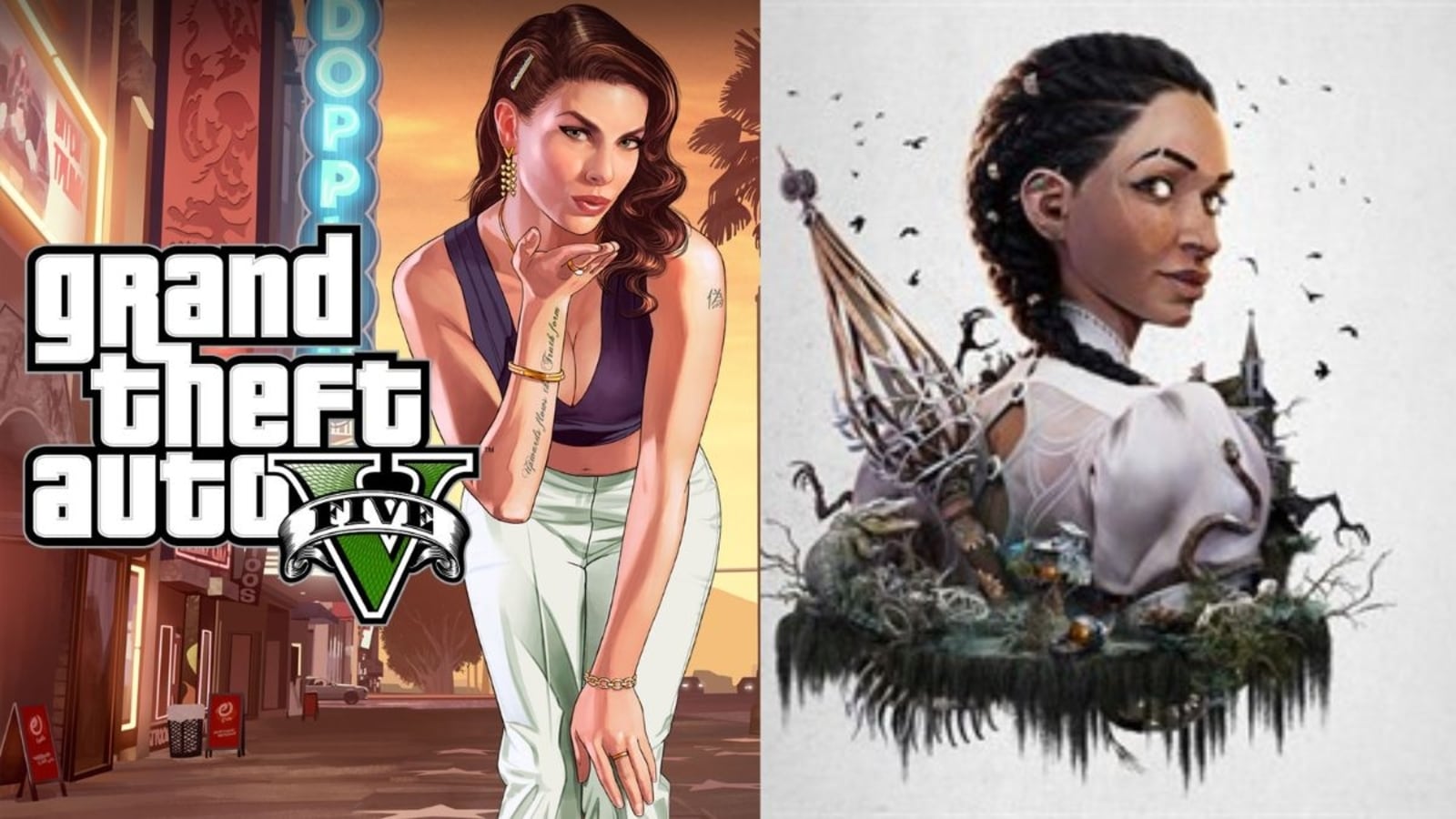Hals personal character — or a misunderstanding about it — also had something to do with his wavering reputation over the centuries, said Friso Lammertse, the show’s Rijksmueum co-curator.
One of the central 18th-century art critics, Arnold Houbraken, asserted that Hals was “a riotous drunk,” who spent most of his life in the pub, which is why so many of his portraits feature people clanking tankards or looking inebriated.
“One contemporary called him ‘lustig,’” Lammertse explained, a Dutch word that can mean “lusty,” or merely “merry.” “For a long time it’s been fashionable to stress the moralism of Dutch painting — but that has nothing to do with Hals.”
In fact, very little is known about Hals, the person, Lammertse said. Even the date of his birth, some time around 1582-84, remains a mystery. It’s known that he married twice, first to Anneke Harmensdochter, who died in 1615, and later, to Lysbeth Reyniers. He had at least 14 children, 11 of them with Lysbeth. He died, in his 80s, in 1666.
What is clear is that he spent almost his entire life in Haarlem, where he recorded the local population through 160 to 220 portraits, depending on which biographer you follow. He never painted landscapes, still lifes or domestic scenes, as far as we know — only his portraits survive.
The vast majority of his works were commissioned by his sitters, usually burghers or merchants, married couples, or groups like civic militias or provincial leaders. But about 20 percent of his portraits were not commissioned: He merely chose to depict interesting people from his surroundings.






















